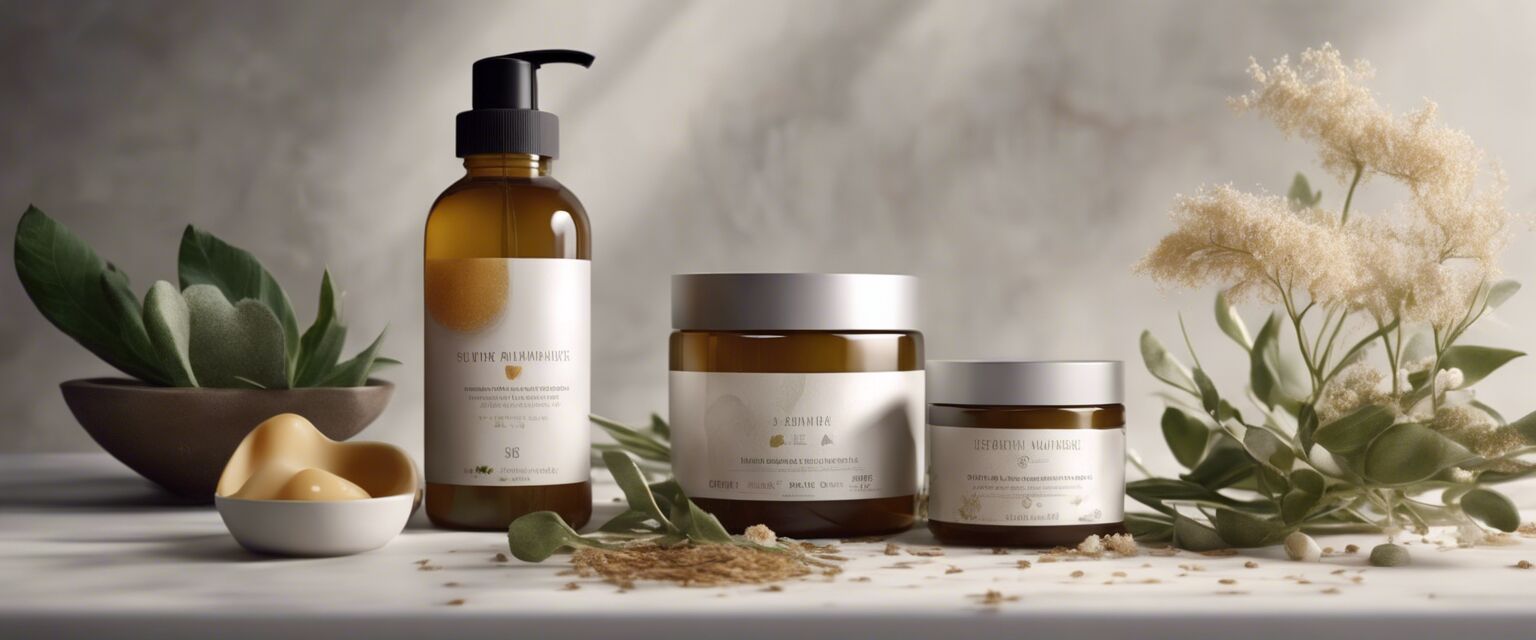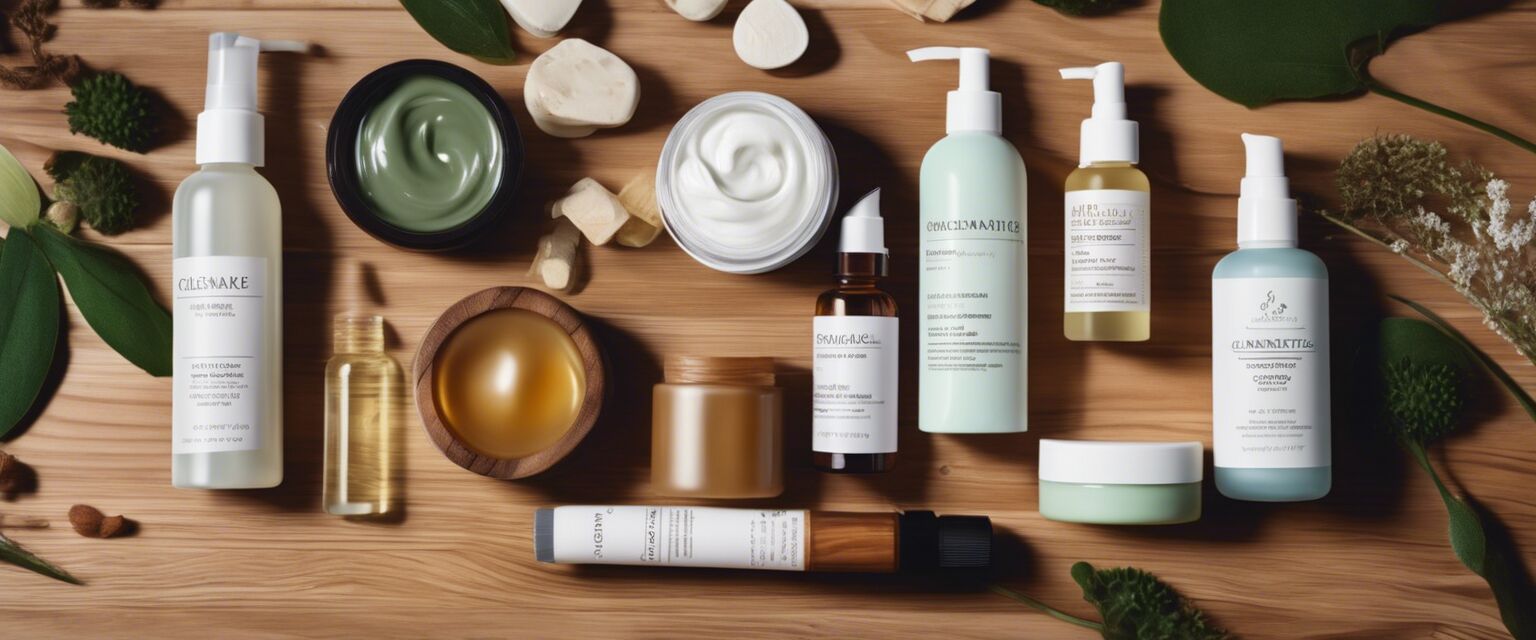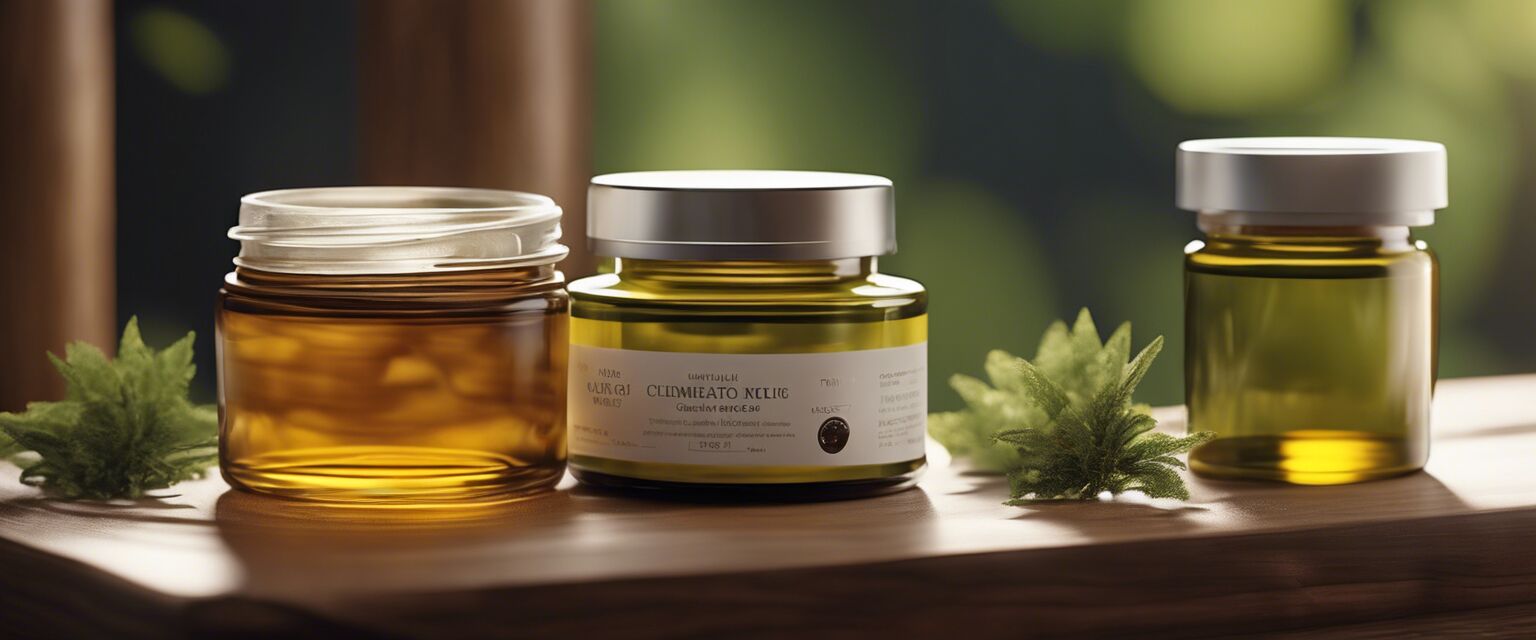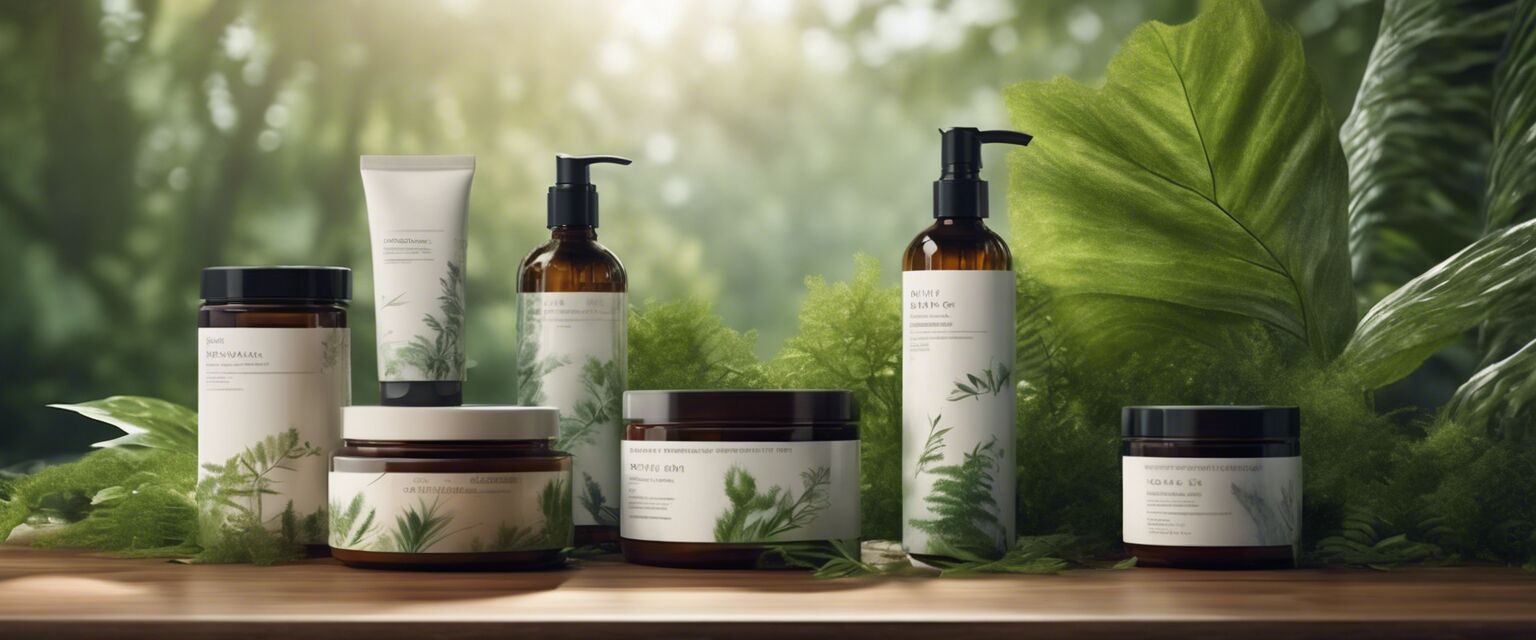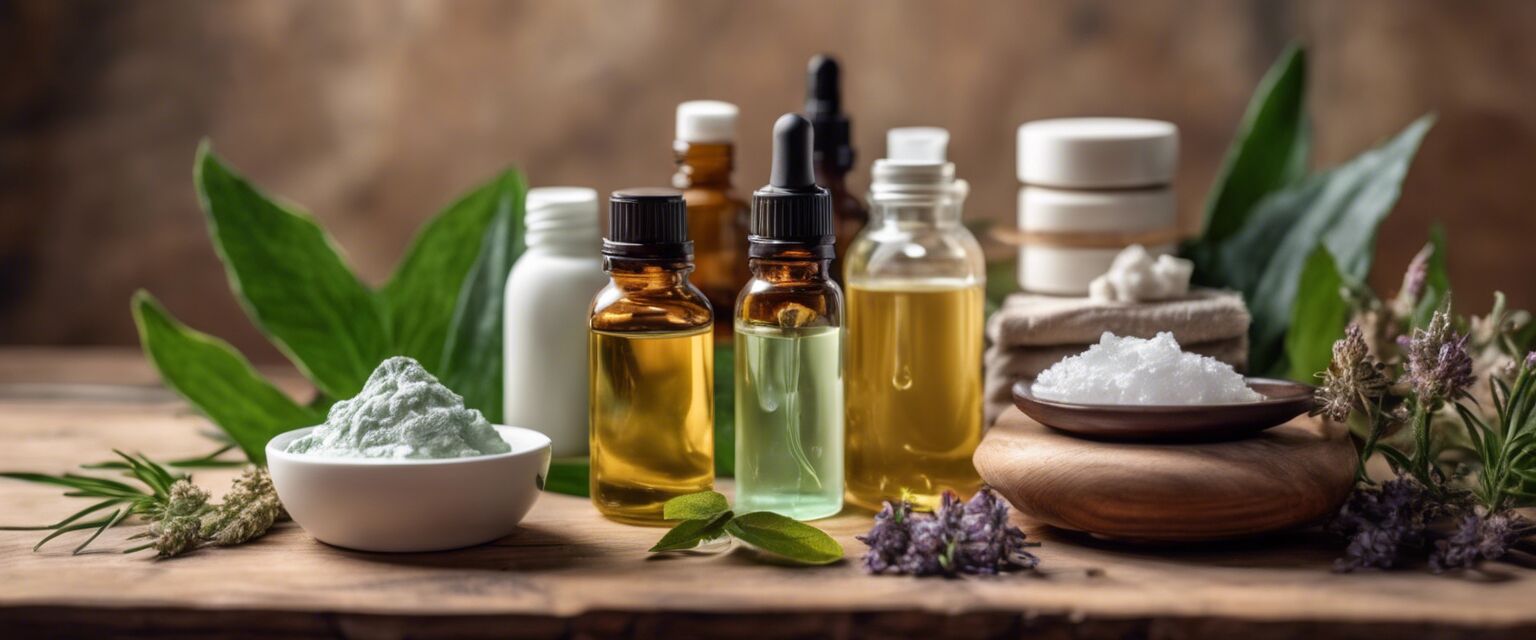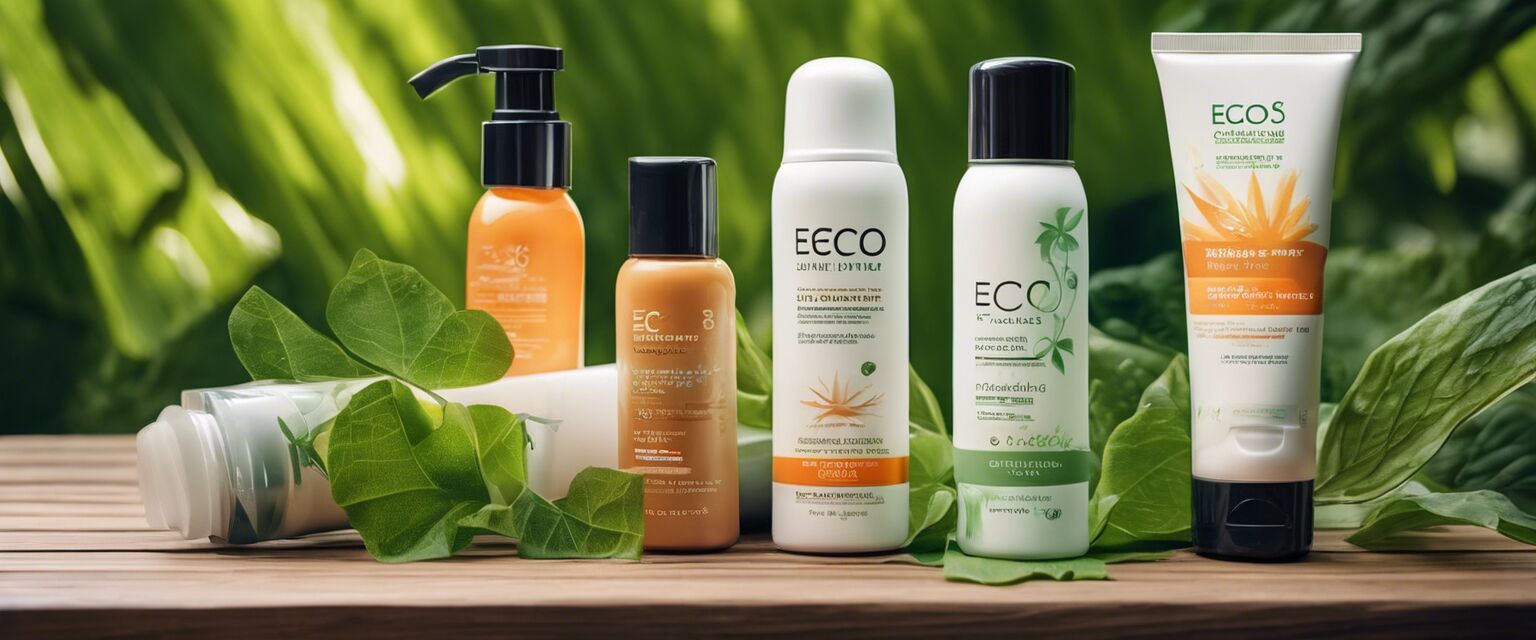
Eco-Friendly Skincare Routines
Key Takeaways
- Eco-friendly skincare focuses on using natural products that are safe for the environment.
- Incorporating an eco-friendly skincare routine can contribute to healthier skin and a healthier planet.
- It's important to choose brands that prioritize sustainability and transparency.
- Look for products with minimal packaging and biodegradable ingredients.
In todayâs world, where sustainability is more crucial than ever, developing an eco-friendly skincare routine is not only beneficial for your skin but also for the environment. This article will guide you through sustainable skincare routines and provide tips for incorporating eco-friendly products into your daily skincare regimen.
Why Choose Eco-Friendly Skincare?
Traditional skincare products often contain harmful chemicals that can be damaging to both your skin and the environment. By opting for eco-friendly skincare, you support brands that prioritize sustainable practices and create products that are gentle on your skin.
Benefits of Eco-Friendly Skincare
- Reduced environmental impact
- Use of natural ingredients
- Support for ethical brands
- Less plastic waste
Creating an Eco-Friendly Skincare Routine
A well-rounded skincare routine comprises several steps. Hereâs how to incorporate eco-friendly practices into each:
Step 1: Cleansing
Select a facial cleanser made from natural ingredients. Look for products that come in biodegradable packaging. You can also make your own cleanser using ingredients like honey and olive oil.
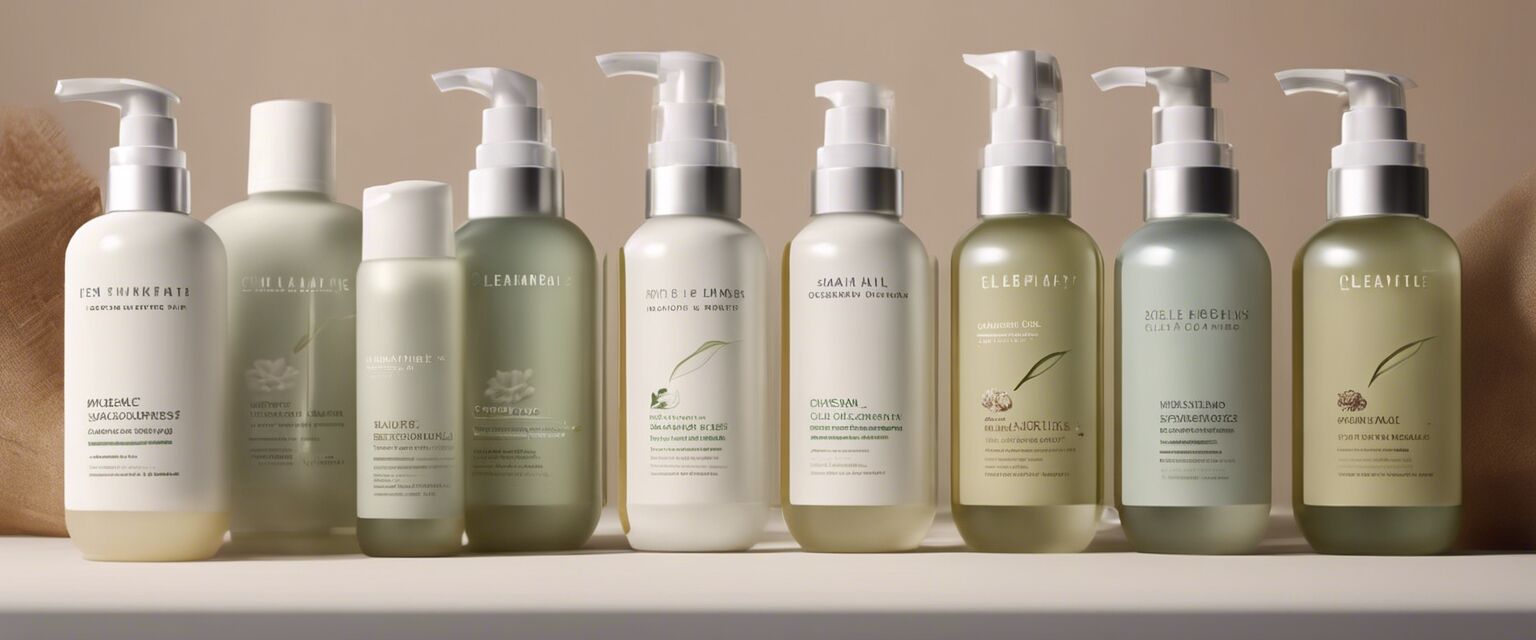
Step 2: Exfoliation
Exfoliating helps to remove dead skin cells. Choose scrubs made from natural exfoliants like sugar or oatmeal. Avoid products with microbeads, as they contribute to ocean pollution. Check our facial cleansers for more options.
Step 3: Toning
Natural toners can balance your skin's pH. Look for toners made with herbal infusions or rosewater.
Step 4: Moisturizing
Moisturizers are crucial for maintaining skin hydration. Opt for products that utilize natural oils, such as coconut or jojoba oil. You can find a variety of natural moisturizers that suit your skin type.
Step 5: Sunscreen
Protecting your skin from harmful UV rays is essential. Search for mineral-based sunscreens that are reef-safe and free from harmful chemicals. For options, refer to our sunscreen products.
Tips for Sustainable Skincare
Beginnerâs Section
- Start slowly by replacing one product at a time.
- Research brands for their sustainability practices.
- Consider DIY skincare recipes using kitchen ingredients.
- Use refillable containers to minimize waste.
- Be conscious of your purchasing habits and buy only what you need.
Understanding Eco-Friendly Ingredients
Many ingredients are common in eco-friendly skincare. Hereâs a quick overview:
| Ingredient | Benefits | Environmental Impact |
|---|---|---|
| Shea Butter | Moisturizing and anti-inflammatory | Harvested sustainably from the African Shea tree |
| Coconut Oil | Hydrating and antibacterial | Produced sustainably via coconut farms |
| Aloe Vera | Soothing and hydrating | Requires minimal water during growth |
| Tea Tree Oil | Antiseptic and anti-inflammatory | Often sourced from sustainable farms |
Consumer Awareness in Eco-Friendly Skincare
When choosing eco-friendly products, consumers must be aware of greenwashing, where brands falsely claim to be sustainable. Always look for third-party certifications, such as cruelty-free and organic labels.
Pros
- Safer for skin with fewer synthetic ingredients
- Supports environmental sustainability
- Promotes ethical consumerism
- Often free from harmful chemicals
Cons
- Eco-friendly products can be more expensive
- Limited availability in some areas
- Products may have varying shelf lives
- Some may require more effort to research
Conclusion
Adopting an eco-friendly skincare routine is a fulfilling journey towards maintaining healthier skin and a healthier planet. With proper knowledge and resources, you can make impactful choices that benefit both you and the environment.
To explore specific products, check out our sections on Body Care, Face Masks, and Serums & Treatments.

